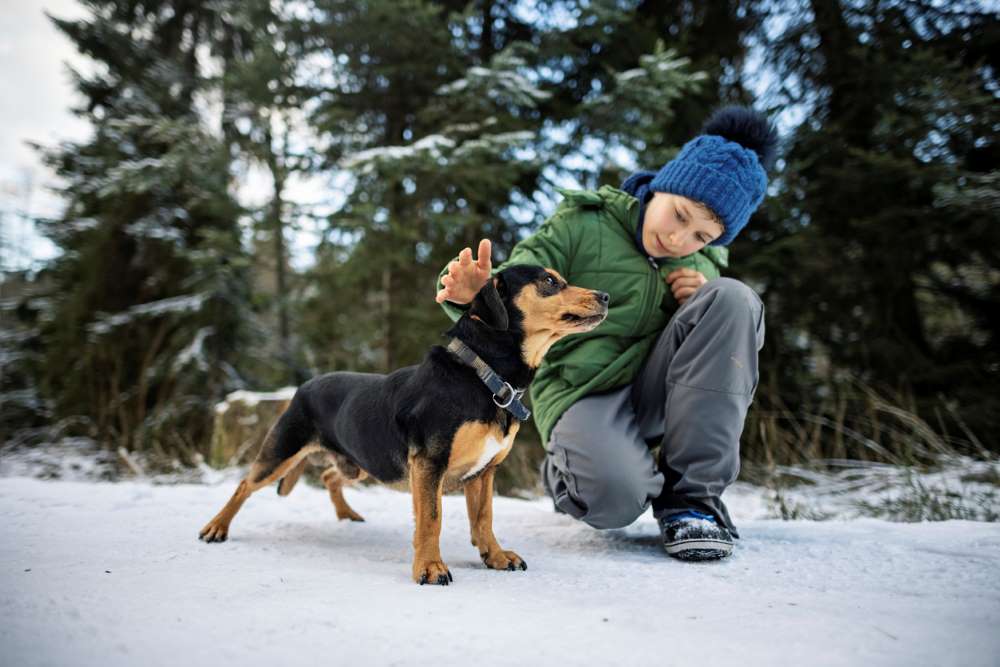
If you’re planning to add a dog to the family, your children are probably eager to bring home their new furry friend as soon as possible. But before you take that step forward into pet parenthood, there are a few factors to keep in mind for a smooth experience.
Kids and dogs usually get along like a house on fire, but that doesn’t mean it’ll be an effortless integration on your part. Here are a few tips to promote a harmonious relationship between your children and your new dog.
Keep breed in mind
Some breeds pair better with children than others. Before you bring that new dog home, you’ll want to make sure it’s from a kid-friendly breed.
Try to avoid breeds such as Weimaraners, Akitas, Chihuahuas, or Bull Mastiffs. As cute as these breeds might be, they aren’t the most kid-friendly dogs, and even the most careful introduction and training could still be a bandaid on a bullet hole.
To ensure a successful relationship between your child and your new pooch, you’ll want to opt for a more family-friendly breed. Cocker Spaniels, Poodles, and Bichon Frises are just a few breeds that are perfect for families with young kids. Whether you’re on the hunt for any White Golden Retriever puppies for sale or you’re looking for a different breed, be sure you adopt a dog that loves to nurture and play.
Once you settle on the right breed, it’s time to implement the following tips as you bring your four-legged friend into the home.
Involve children in dog training
When you’re training your new dog, your children should be a part of the process. This way, your kids will have an easier time remembering the dog’s commands, and your dog will see them as a figure of authority. And most of all, involving your children in the dog’s training can help form a stronger bond.
Help your children understand canine body language
Many dogs will show certain behaviors right before they bite–such as baring teeth, which some might confuse for a smile–but even adults can easily overlook these signs. When your children learn to read your dog’s body language, the chances of bites or injuries will be much lower.
Let the dog sniff them
They might find it strange at first, but it’s important to let your dog sniff your child upon meeting them. Sniffing is how a dog essentially says “hello,” so be sure that your children let the new dog sniff them from time to time.
Establish boundaries
Dogs have boundaries just like humans, so you should establish these boundaries early to ensure a better relationship between your children and your dog. Make sure your children are aware that things such as tight hugs or tail-grabbing are off-limits.
Teach your child how to be gentle
A lot of kids, especially babies, aren’t aware of how rough they are. This lack of awareness can cause problems when it comes to pets. Establish with your child that they cannot treat a dog the same way they would their toys, and teach them how to pet and play with caution.
Never leave your child unattended with a dog
When you’re introducing a young child to a new dog, you should never leave the two alone. This lack of supervision could prove disastrous for both your child and your dog. When your new dog is in the room with your child, always pay close attention to ensure that your child treats the dog properly and vice versa.
Key takeaways
A dog can be a wonderful addition to your family, even if you have small children. So long as you proceed with caution and keep these tips in mind, you can expect your children to get along perfectly with your new furry friend.



























